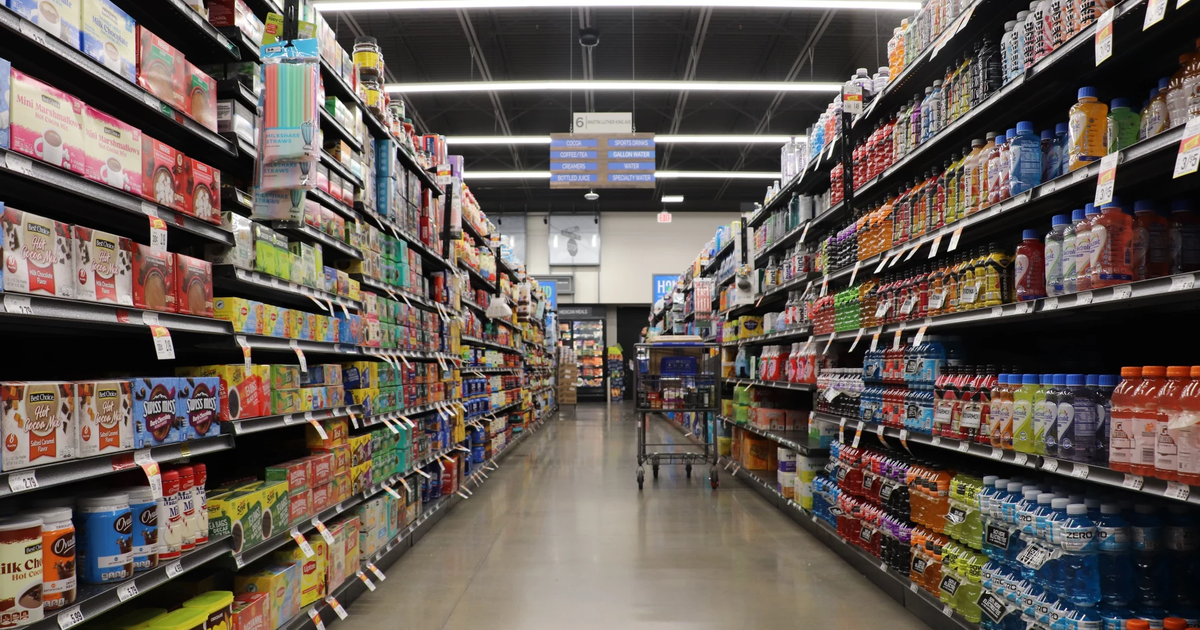
Efforts at the state level
SNAP is the nation’s largest nutrition assistance program.
In fiscal year 2023, an average of 42.1 million people participated in SNAP each month, making up to two-thirds of nutrition assistance spending from the USDA totaling $112.8 billion, according to the department.
The USDA has resisted previous efforts to exempt certain foods from the program. In 2007, a department report stated there were no clear standards for defining food as good or bad. The report said restrictions would increase program complexity and costs. It also found that such moves could be ineffective, as there is no evidence that SNAP participation contributes to poor diet quality or obesity.
Individual states that have sought to administer SNAP differently and exclude junk foods, have had to seek a waiver. So far, the USDA has denied such waiver requests. No state has received approval from the department to ban specific foods from the program, according to the National Agricultural Law Center.
Yet lawmakers in several states including Iowa, Kansas, Oklahoma and Missouri introduced bills this year to restrict SNAP recipients from buying certain foods.
Missouri state Rep. Jamie Ray Gragg started working on the bill after some constituents approached him about placing restrictions on SNAP purchases. As someone with personal experience with SNAP, Gragg said he wants to ensure people get access to nutritious foods.
“We have people all over that need assistance. They do, and I get that,” he said. “I’ll be honest, at one time early in my life, I had assistance with the SNAP program with me and my children and it was a great program.”
Gragg’s bill instructs the Missouri Department of Social Services to request a waiver to exclude candy and soft drinks as defined in the bill from SNAP benefits. If a waiver is not approved, the director must request one annually until it is granted.
He emphasizes that the program is meant to supplement, not fully cover, how people pay for food.
“So if it’s a supplement that means you have other dollars that you are putting with,” he said. “You can use your dollars for the junk foods and for the sugary snacks and the sugary treats and the sodas, but the dollars that we’re putting up there is to make sure that you have the nutrition portion.”
Buying power
Many food advocates and experts worry restricting what food SNAP covers will create additional hurdles for those who use the program.
“It’s incredibly difficult to understand what people who are living in need have to go through to just have access to food and meet that most basic need,” said Gina Plata-Nino, the Food Research and Action Center’s SNAP deputy director.
She said SNAP serves individuals who are most in need, with children and seniors making up the largest portion. Adults over 60 and children 17 and younger made up almost 58% of the program in fiscal year 2022, according to the USDA.
With tens of thousands of food and beverage products on the market and more introduced every year, Plata-Nino said trying to figure out which foods recipients can and can’t buy is a mammoth task.
“It’s so complex, that it’s just really difficult to think about; how are you really going to operationalize this? Who’s going to make the list? Who’s going to make the determination of what constitutes as healthy or unhealthy?” she asked.
States pay about 50% of the administrative costs for the program, and Plata-Nino said the goal is to make SNAP easier to administer to keep costs down. Restrictions would further complicate the program, she said, resulting in more money spent.
At the same time, there’s little research to back up the effectiveness of restricting food choice.
发表回复